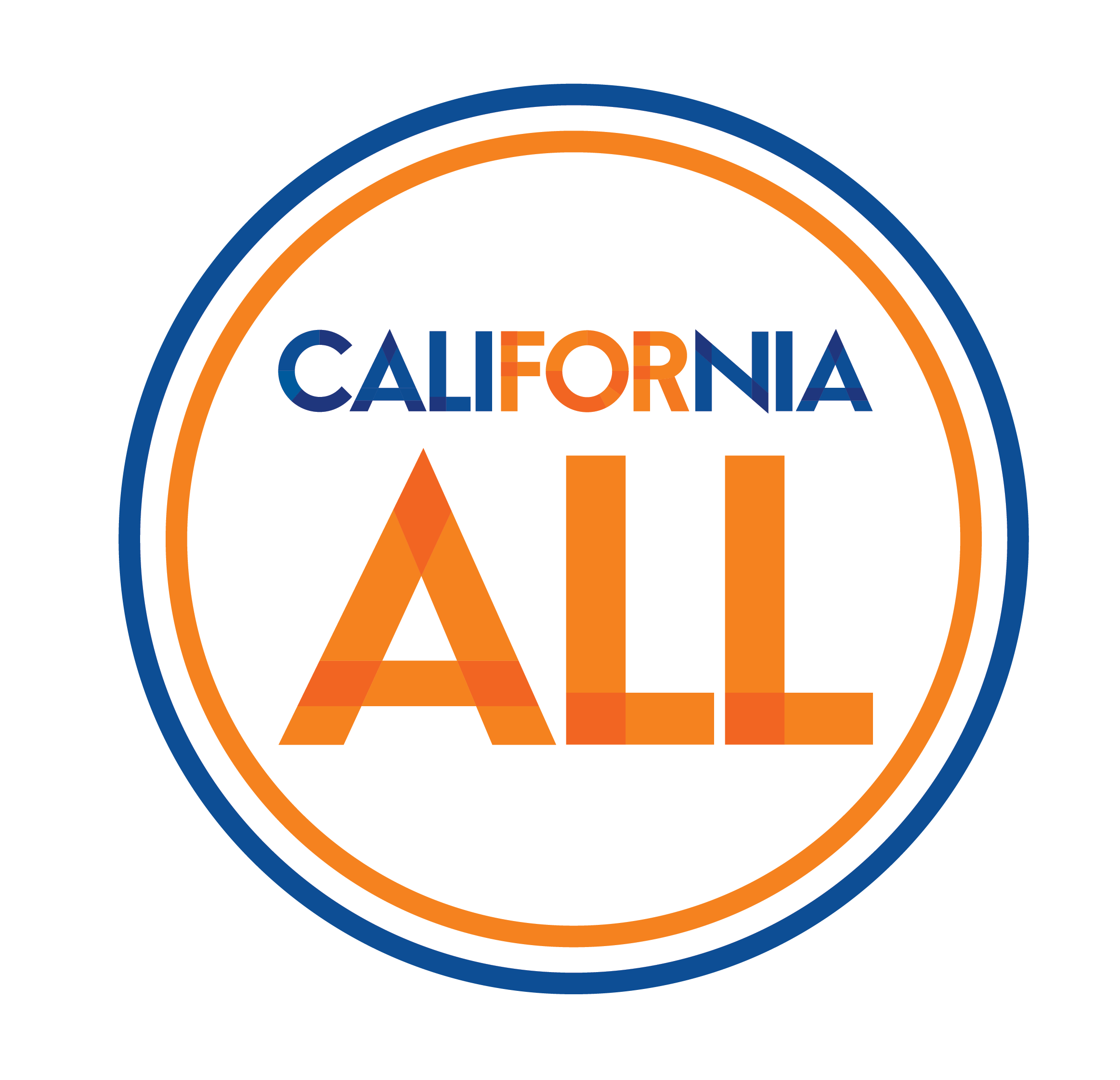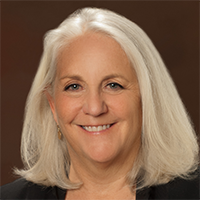Glossary
Please do not rely on this glossary for legal interpretations or definitions. This glossary is intended for informational purposes only.
A
- AB
Authoritative Bodies. One of four ways a chemical can be added to the Proposition 65 list. See "How Chemicals are Added to the Proposition 65 List"
- AB-IARC
The World Health Organization's International Agency for Research on Cancer (IARC), an organization designated as an "authoritative body" (AB) by the CIC or DART Identification Committee, has identified the chemical as causing cancer or reproductive toxicity.
- AB-NIOSH
The National Institute for Occupational Safety and Health (NIOSH), an organization designated as an "authoritative body" (AB) by the CIC or DART Identification Committee, has identified the chemical as causing cancer or reproductive toxicity. NIOSH is part of the federal Centers for Disease Control and Prevention.
- AB-NTP
NTP, an organization designated as an "authoritative body" (AB) by the CIC or DART Identification Committee, has identified the chemical as causing cancer or reproductive toxicity (the NTP-Center for the Evaluation of Risks to Human Reproduction specifically evaluates reproductive toxicity).
- AB-US EPA
The United States Environmental Protection Agency (US EPA), an organization designated as an "authoritative body" (AB) by the CIC or DART Identification Committee, has identified the chemical as causing cancer or reproductive toxicity.
- AB-US FDA
US FDA, an organization designated as an "authoritative body" (AB) by the CIC or DART Identification Committee, has identified the chemical as causing cancer or reproductive toxicity.
- Aerosol
A suspension of liquid or solid particles in air. Examples include haze, dust, and smoke.
C
- Cancer
A collection of related diseases in which some cells in the body begin to abnormally divide without stopping, and often spread into surrounding tissues.
- Carcinogen
An agent that can cause cancer. Can be chemical, physical or biological.
- Carcinogenesis
The process through which cancer is produced, with normal cells transformed into cancer cells.
- CIC
Carcinogen Identification Committee. A group of expert scientists appointed by the Governor to identify chemicals that have been shown to cause cancer. See "How Chemicals are Added to the Proposition 65 List".
D
- DART
Developmental and Reproductive Toxicant.
- DART Identification Committee (or DARTIC)
Developmental and Reproductive Toxicant Identification Committee. A group of expert scientists appointed by the Governor to identify chemicals that have been shown to cause reproductive toxicitytoxicity. See "How Chemicals are Added to the Proposition 65 List".
- Developmental Toxicity
When a chemical exposure to the mother before or during pregnancy, or to the father before conception, causes adverse effects on the developing embryo or fetus. These negative effects do not always appear immediately; they can occur at any stage of life or in future generations.
- Dose
The amount of a substance taken into the body, for example, from contaminated air, water, food, or soil, over a given period of time.
E
- Exposure
Coming into contact with a substance, for example by swallowing, breathing, or touching the skin or eyes.
F
- Female reproductive toxicity
Occurs when a chemical damages any aspect of a female's ability to reproduce, eventually resulting in interference with the ability to conceive, lactate, or sustain a successful pregnancy. Damage may be to any organ or part of the body involved in reproduction, including the gonads and parts of the nervous and endocrine systems that influence reproduction.
- FR
Formally Required. One of four ways a chemical can be added to the Proposition 65 list. See "How Chemicals are Added to the Proposition 65 List"
I
- IARC
International Agency for Research on Cancer, the specialized cancer agency of the World Health Organization.
L
- LC
California Labor Code sections 6382(b)(1) and 6382(d), one of four ways a chemical can be added to the list under Proposition 65. See "How Chemicals are Added to the Proposition 65 List"
M
- MADL
Maximum Allowable Dose Level, a safe harbor level for a chemical causing reproductive toxicity.
- Male reproductive toxicity
Occurs when a chemical damages any aspect of a male's ability to reproduce, eventually resulting in interference with the ability to father offspring. Damage may be to any organ or part of the body involved in reproduction, including the gonads and parts of the nervous and endocrine systems that influence reproduction.
N
- NIOSH
National Institute for Occupational Safety and Health, the US federal agency that conducts research and makes recommendations to prevent worker injury and illness.
- NSRL
No Significant Risk Level, a safe harbor level for a cancer-causing chemical.
- NTP
National Toxicology Program, an interagency program established in 1978 to coordinate toxicology research and testing across the US Department of Health and Human Services.
O
- OAL
Office of Administrative Law, the California agency responsible for reviewing administrative regulations proposed by other California state agencies and overseeing the publication and distribution of the California Code of Regulations and the California Regulatory Notice Register.
R
- Reproductive Toxicant
An agent that can cause reproductive toxicity.
- Reproductive Toxicity
Reproductive toxicity occurs when a chemical interferes with the ability to produce normal, healthy offspring. This includes effects on the female and male reproductive systems. It also includes adverse effects on the developing embryo or fetus resulting from exposure to the mother before or during pregnancy, or to the father before conception. These negative effects to the embryo or fetus do not always appear immediately; they can occur at any stage of life or in future generations. Under Proposition 65, "reproductive toxicity" includes "developmental toxicity," "female reproductive toxicity," and "male reproductive toxicity."
S
- Safe Harbor Levels
Levels that provide "safe harbor" for businesses subject to the requirements of Proposition 65. Exposure levels and discharges to drinking water sources that are below the safe harbor levels are exempt from the requirements of Proposition 65. Safe harbor levels include No Significant Risk Levels (NSRLs) for cancer-causing chemicals and Maximum Allowable Dose Levels (MADLs) for chemicals causing reproductive toxicity.
- SQE
State's Qualified Experts, one of four ways a chemical can be added to the list under Proposition 65. See "How Chemicals are Added to the Proposition 65 List". The CIC and DARTIC serve as the State's Qualified Experts for Proposition 65.
- Susceptibility
The degree to which a person or a population is sensitive to an exposure. Examples of factors that can affect susceptibility include genes, gender, age, stage of development, and state of health.
T
- Toxicity
The extent to which a substance is harmful.
U
- US EPA
US Environmental Protection Agency, an agency of the federal government that protects human health and the environment in several ways, for example, by developing and enforcing regulations, giving grants, and studying environmental issues.
- US FDA
U.S. Food and Drug Administration, an agency of the federal government that protects public health by regulating foods, human and veterinary drugs, vaccines and other biological products and medical devices, cosmetics, dietary supplements, tobacco products, and products that give off radiation.
If you have any questions, comments, or concerns about the content of this page, please contact us.




